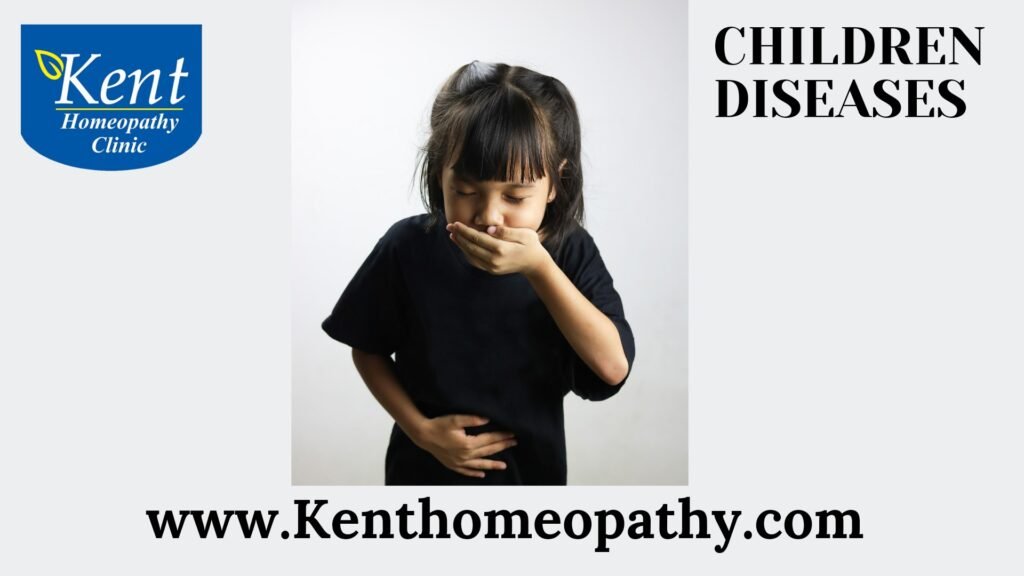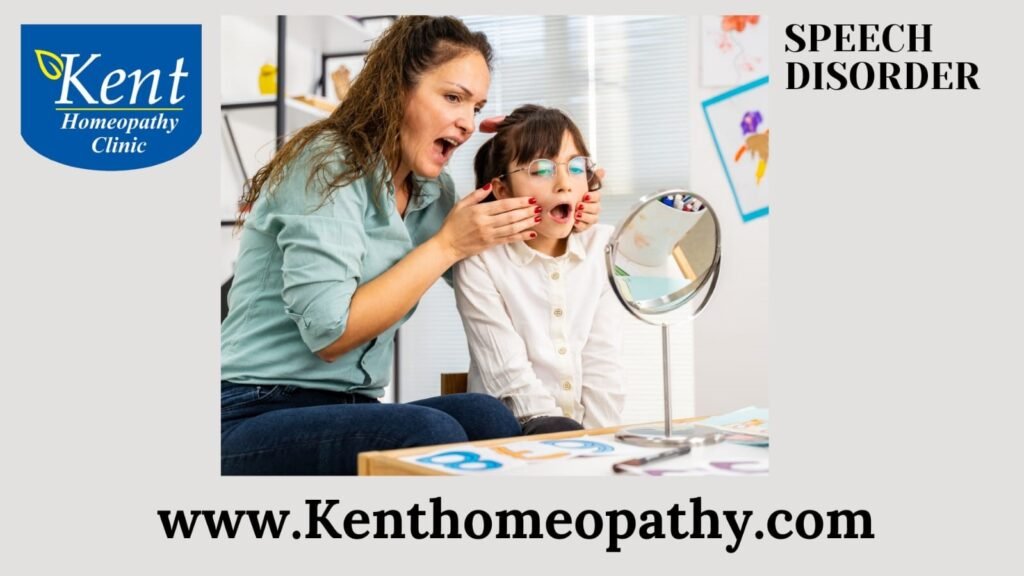Children Disease

Children Disease
Children can be affected by a wide range of diseases and conditions, each with its own set of symptoms, causes, and types. To provide relevant information, I’ll briefly discuss a common childhood ailment: Hand, Foot, and Mouth Disease (HFMD).
Hand, Foot, and Mouth Disease (HFMD):
Symptoms:
- Fever: HFMD often begins with a fever, which may be accompanied by general discomfort.
- Sore Throat: Children with HFMD may experience a sore throat, making it uncomfortable to swallow.
- Mouth Sores: Painful sores or ulcers may develop inside the mouth, on the tongue, gums, and inside the cheeks.
- Skin Rash: A characteristic rash may appear on the hands, feet, and sometimes the buttocks. It can present as red spots or small blisters.
- Loss of Appetite: Due to the discomfort caused by mouth sores, children with HFMD may refuse to eat or drink.
- Irritability: Young children may become irritable and fussy, especially if they are experiencing pain or discomfort.
Causes:
- Viral Infection: HFMD is primarily caused by enteroviruses, most commonly Coxsackievirus A16. Enteroviruses are highly contagious and spread through contact with respiratory droplets, saliva, feces, or fluid from blisters.
- Close Contact: The virus spreads easily in places where young children are in close contact,
such as daycares and schools.
- Contaminated Surfaces: Touching surfaces contaminated with the virus can contribute to its spread.
Types:
- Classic HFMD: The typical presentation with fever, sore throat, mouth sores, and skin rash on hands, feet, and sometimes the buttocks.
- Atypical HFMD: Some cases may have variations in symptoms, and in rare instances, adults can also be affected.
It’s important to note that “children’s diseases” cover a wide range, including infectious diseases, chronic conditions, and genetic disorders. The symptoms, causes, and types vary widely, so specific details would be needed to provide more accurate information. If you have a particular childhood condition in mind, feel free to specify for more detailed information.
Pediatric Diseases

Pediatric Diseases
Pediatric Diseases: Unraveling Symptoms, Causes, and Types*
Pediatric diseases encompass a wide range of medical conditions that affect infants, children, and adolescents. Understanding the symptoms, causes, and types of these diseases is crucial for early detection, accurate diagnosis, and effective treatment.
Common Pediatric Diseases:
- Respiratory Infections:
– Symptoms: Cough, runny nose, fever, difficulty breathing.
– Causes: Viral or bacterial infections, such as influenza or pneumonia.
- Gastroenteritis:
– Symptoms: Diarrhea, vomiting, abdominal pain.
– Causes: Often viral or bacterial infections, food poisoning.
- Asthma:
– Symptoms: Wheezing, shortness of breath, chest tightness.
– Causes: Chronic inflammation of the airways, often triggered by allergies or infections.
- Ear Infections (Otitis Media):
– Symptoms: Ear pain, fever, difficulty hearing.
– Causes: Bacterial or viral infections leading to fluid buildup in the middle ear.
- Allergies:
– Symptoms: Sneezing, itching, nasal congestion, skin rashes.
– Causes: Immune system overreaction to allergens like pollen, pet dander, or certain foods.
- Attention-Deficit/Hyperactivity Disorder (ADHD):
– Symptoms: Inattention, hyperactivity, impulsivity.
– Causes: Genetic factors, brain structure differences, environmental factors.
- Autism Spectrum Disorder (ASD):
– Symptoms: Social challenges, repetitive behaviors, communication difficulties.
– Causes: Genetic and environmental factors, but often unclear.
- Type 1 Diabetes:
– Symptoms: Excessive thirst, frequent urination, weight loss.
– Causes: Autoimmune destruction of insulin-producing cells in the pancreas.
- Childhood Cancer:
– Symptoms: Vary depending on the type of cancer (e.g., unexplained weight loss, persistent pain).
– Causes: Genetic mutations, environmental factors.
- Cystic Fibrosis:
– Symptoms: Persistent cough, respiratory infections, digestive issues.
– Causes: Genetic mutation affecting the CFTR gene, leading to thick and sticky mucus production.
Symptoms of Pediatric Diseases:
Symptoms can vary widely depending on the specific disease, but common signs include fever, fatigue, changes in appetite, weight loss, pain or discomfort, skin abnormalities, and developmental delays.
Causes of Pediatric Diseases:
- Genetic Factors:
– Inherited genetic mutations may predispose children to certain conditions, such as cystic fibrosis or muscular dystrophy.
- Infections:
– Viruses or bacteria can cause various pediatric infections, including respiratory infections, gastroenteritis, and ear infections.
- Autoimmune Conditions:
– Disorders like type 1 diabetes involve the immune system mistakenly attacking the body’s own cells.
- Environmental Factors:
– Exposure to environmental toxins, pollutants, or certain medications during pregnancy or early childhood can contribute to pediatric diseases.
- Nutritional Deficiencies:
– Inadequate nutrition can lead to conditions like rickets due to vitamin D deficiency.
- Premature Birth or Low Birth Weight:
– Preterm birth or low birth weight may increase the risk of certain health issues in infants.
- Neurological Factors:
– Conditions like ADHD and ASD may have underlying neurological causes, although these are often complex and not fully understood.
Types of Pediatric Diseases:
- Infectious Diseases:
– Includes respiratory infections, gastrointestinal infections, and childhood illnesses like chickenpox or measles.
- Neurodevelopmental Disorders:
– Encompasses conditions affecting brain development, such as ADHD and ASD.
- Genetic Disorders:
– Conditions caused by genetic mutations, including Down syndrome, cystic fibrosis, and muscular dystrophy.
- Endocrine Disorders:
– Diabetes (type 1 or type 2) and thyroid disorders fall under this category.
- Hematological Disorders:
– Blood disorders like anemia, hemophilia, or leukemia.
- Respiratory Disorders:
– Asthma, bronchiolitis, and pneumonia are examples of pediatric respiratory diseases.
- Gastrointestinal Disorders:
– Conditions affecting the digestive system, such as gastroesophageal reflux disease (GERD) or inflammatory bowel disease.
Speech Disorders

Speech Disorders
Speech Disorders: Understanding Symptoms, Causes, and Types
Speech disorders encompass a range of conditions that affect a person’s ability to produce sounds that form words, disrupting the normal flow of speech. These disorders can manifest in various ways and may result from a combination of genetic, neurological, or environmental factors. Understanding the symptoms, causes, and types of speech disorders is crucial for effective diagnosis and intervention.
Symptoms:
- Articulation Difficulties:
– Articulation disorders involve challenges in forming sounds properly, leading to difficulties in pronouncing words. This may result in substitutions, omissions, or distortions of sounds.
- Fluency Issues (Stuttering):
– Stuttering is characterized by disruptions in the normal flow of speech, leading to repetitions, prolongations, or blocks of sounds, syllables, or words.
- Voice Disorders:
– Voice disorders involve abnormalities in pitch, loudness, or quality of the voice. Symptoms may include hoarseness, breathiness, or a strained vocal quality.
- Language Impairments:
– Language disorders affect the ability to use and understand words in context. Individuals may struggle with vocabulary, sentence structure, or comprehension.
- Apraxia of Speech:
– Apraxia is a motor speech disorder where the brain has difficulty coordinating the movements necessary for speech. This can result in inconsistent sound errors and difficulty planning and coordinating speech movements.
- Dysarthria:
– Dysarthria is a condition where weakness or lack of coordination in the muscles used for speech leads to slurred or unclear speech.
- Social Communication Disorders:
– These disorders affect the ability to use verbal and nonverbal communication for social interaction. Challenges may arise in understanding and using social cues appropriately.
Causes:
- Genetic Factors:
– Genetic predispositions can contribute to speech disorders. Some individuals may have a family history of speech and language difficulties.
- Neurological Conditions:
– Neurological disorders, such as cerebral palsy, traumatic brain injury, or stroke, can impact the brain’s control over speech and language functions.
- Developmental Factors:
– Delayed speech development or failure to reach speech milestones during childhood may lead to speech disorders.
- Hearing Loss:
– Hearing impairment, especially if undetected or untreated, can affect speech development and result in speech disorders.
- Structural Abnormalities:
– Anatomical abnormalities, such as cleft palate or lip, can impact speech production and lead to articulation difficulties.
- Environmental Factors:
– Exposure to a language-rich environment and opportunities for communication play a vital role in speech development. Lack of stimulation or exposure to multiple languages simultaneously may contribute to speech disorders.
- Psychological Factors:
– Emotional or psychological factors, including stress or trauma, can impact speech fluency and communication abilities.
Types:
- Articulation Disorders:
– Articulation disorders involve difficulties in producing sounds accurately. This can lead to speech that is challenging to understand.
- Stuttering (Fluency Disorder):
– Stuttering is a fluency disorder characterized by disruptions in the normal flow of speech. Repetitions, prolongations, or blocks of sounds or words are common.
- Voice Disorders:
– Voice disorders affect the pitch, loudness, or quality of the voice. Conditions may include vocal nodules, vocal cord paralysis, or laryngitis.
- Language Disorders:
– Language disorders impact the ability to use and understand language. Expressive language disorders involve difficulty in conveying thoughts, while receptive language disorders affect understanding.
- Apraxia of Speech:
– Apraxia is a motor speech disorder where the brain struggles to coordinate the movements necessary for speech. This leads to inconsistent sound errors and difficulty planning speech movements.
- Dysarthria:
– Dysarthria is a condition where weakness or lack of coordination in the muscles used for speech results in slurred or unclear speech.
- Social Communication Disorders (Pragmatic Disorders):
– Pragmatic disorders affect the ability to use language effectively in social situations. Difficulties may arise in understanding and using social cues appropriately.
Contact to know more
Contact
Timings
Monday to Saturday:
11:00 AM to 02:30 PM
06:30 PM to 09:00 PM
